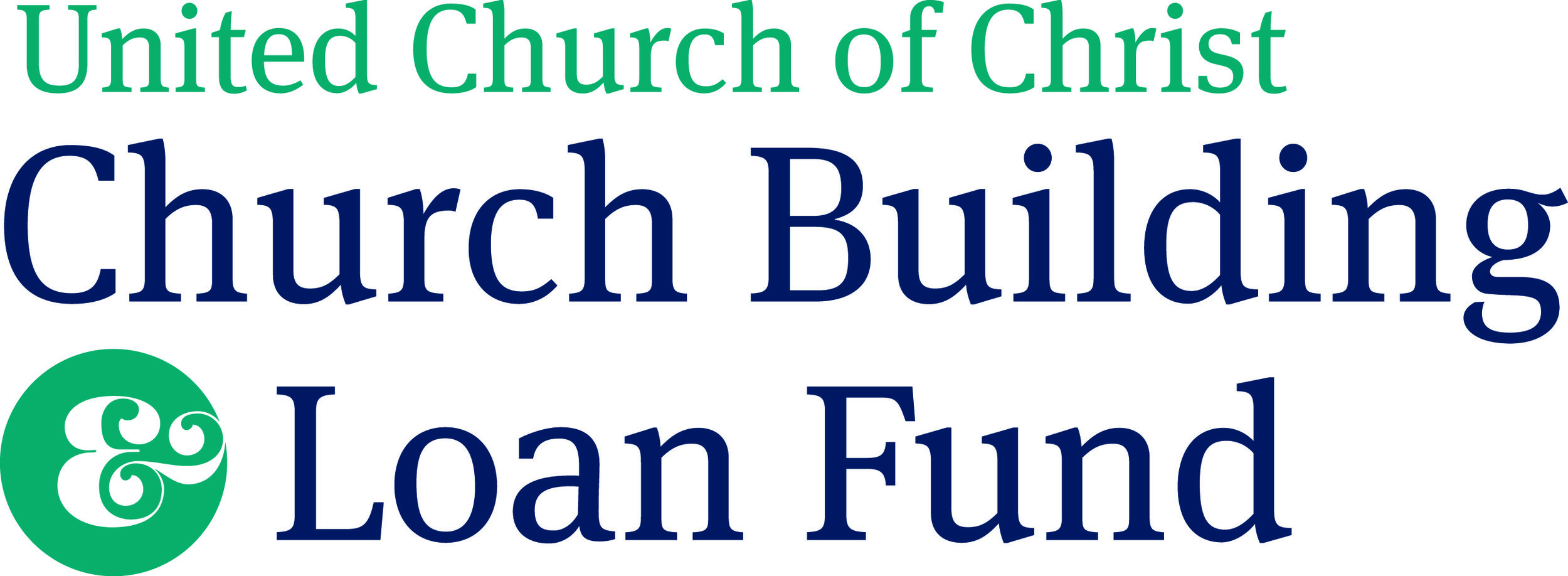Mission Driven by the Numbers Part 2: Return On Mission (ROM)
by the Rev. Dr. Patrick G. Duggan
This post originally appeared on the Vital Signs & Statistics, a United Church of Christ Blog.
The need for developing metrics to determine strategic impact was the focus of my previous post on this topic. As we have gone deeper into the work of developing impact metrics for CB&LF we have discovered many different approaches to this work (thank you CARD for enlightening us on the current state of the field).
Church leaders are not likely to talk about “return on investment (ROI)” when looking back on the work of any given period of a congregation’s life. However, the idea of perceived value, another way of talking about ROI, is often used in what churches refer to as “good stewardship”. For example, church leaders will talk about the transformative experience of a youth group’s mission trip when making an appeal for donations to the youth ministry. To raise capital funds, a pastoral letter to the membership may refer to not only the need to ‘repair the roof’ but the recent low cost, high quality renovation of the worship space. In these common church conversations, the term ROI is never mentioned but clearly implied.
In both the church world and the broader universe of nonprofit organizations, the idea of ROI has been translated into terms that resonate more closely with the language and culture of charitable organizations. Two of these terms “Return on Mission”[1] and “Return on Ministry”[2] are trademarked, and for obvious reasons, are represented by the same acronym (ROM). Both of these terms were created to help reframe the way that leaders of churches and charitable organizations think about and measure the impact of charitable funds deployed for operational and/or programmatic purposes.
Andrew Urban’s publicly available slide show “It’s Time for Return on Mission” includes a fairly complex formula created to calculate a dollar amount of the “impact on mission” of any expenditure of nonprofit funds (e.g., a donor database system or a printer/copier). Several customer testimonies lauding the effectiveness of Urban’s book and his ROM metrics are included in the slide presentation.
“Return on Ministry” is a downloadable file that explicates a process based upon the author’s definition of ROM, i.e., “the measurement of a ministry’s desired outcomes in relation to the resources it utilizes.” The document contains a thorough process that any group of astute church leaders could follow to examine mission, structure, operational processes and strategy. It includes a thought-provoking discussion of the opportunities, challenges and pitfalls of people and change management, metrics, and strategic planning, and how all of these impact technology decisions.
It is not a coincidence that both of these versions of the term ROM were created by for profit entities that offer products and services to church and nonprofit customers. Of the perhaps hundreds of internet queries of ROM we reviewed, many were included as elements of a marketing program or sales strategy.
These initial queries on ROM have been helpful in framing our understanding of the way that the term is used by commercial interests seeking to align profit-seeking interests with the needs of charitable organizations. The value of these perspectives on ROM is that their creators are well-versed in the underlying ‘spirit of ROI’ that charitable organizations are struggling to express when talking about mission impact. As helpful as they may be however, we are seeking an impact measure that offers value for its own sake, not necessarily to help justify the purchase of certain goods or services. In upcoming posts, we will explore ways of measuring mission impact intended to be used by churches for the purpose of strategic analysis, planning and development.
[1] “Return On Mission” is a trademark owned by author William Andrew Urban, a business management consultant.
[2] “Return on Ministry” is a trademark owned by Active Network LLC, a church management software company.
